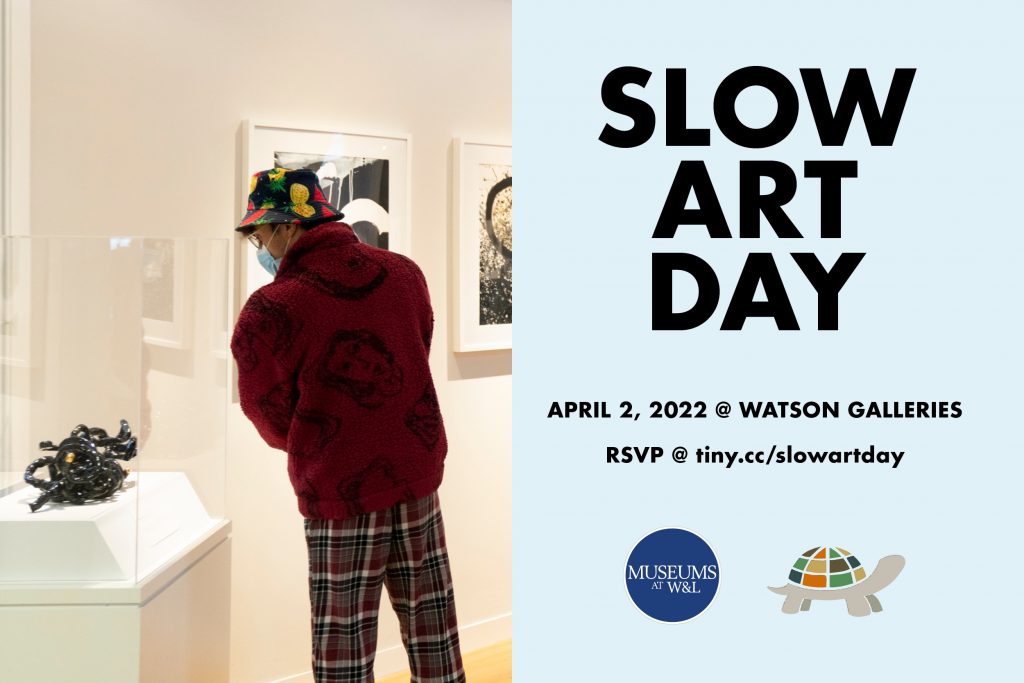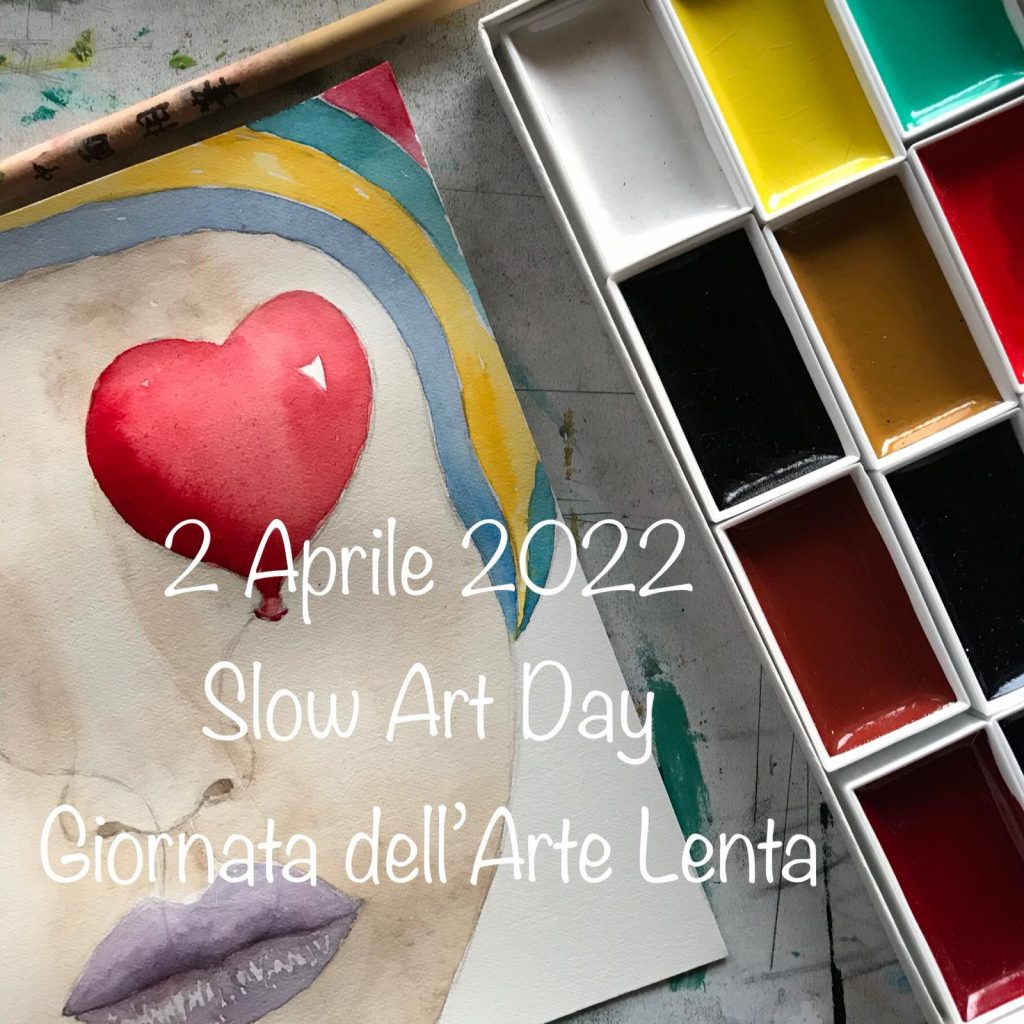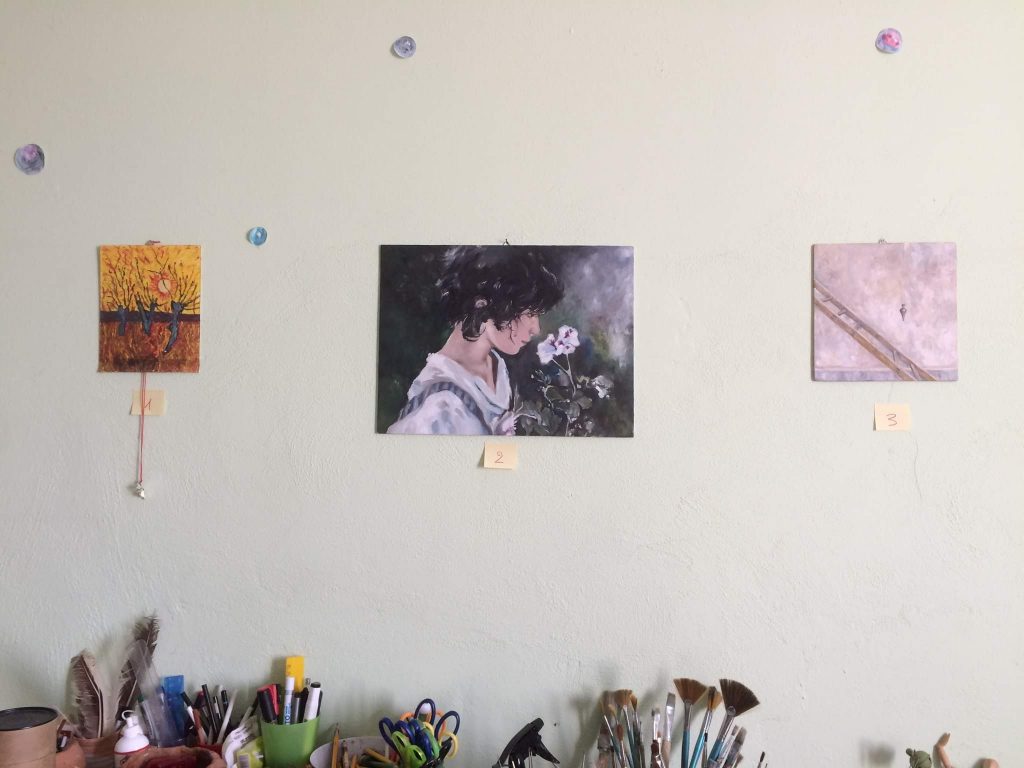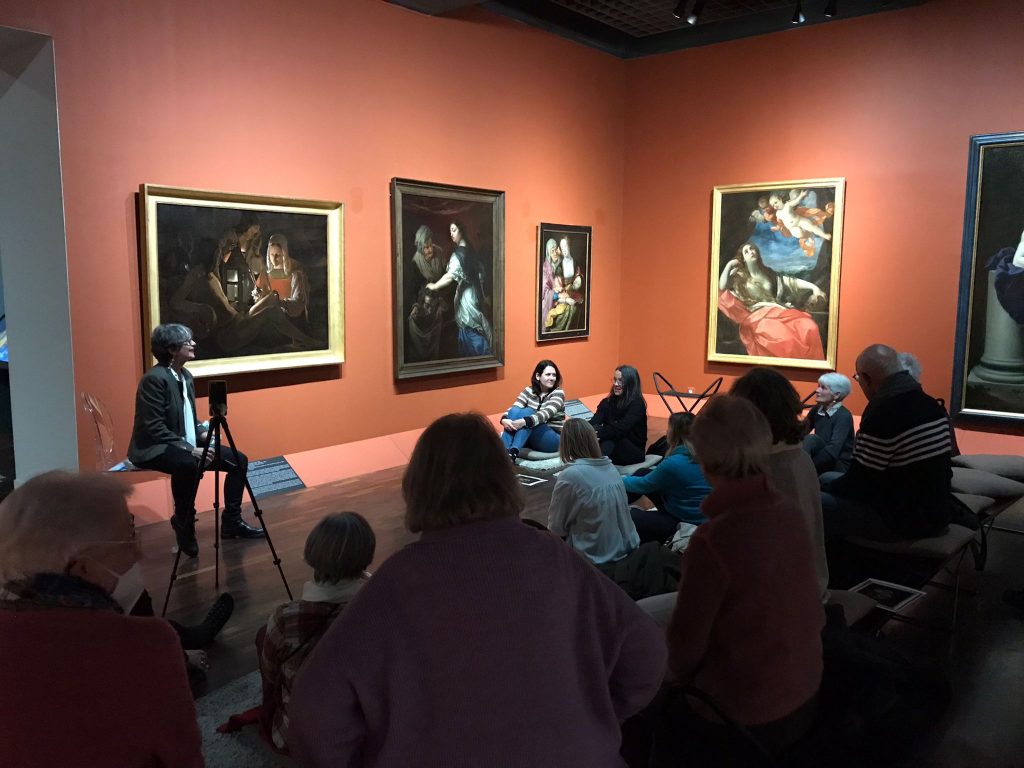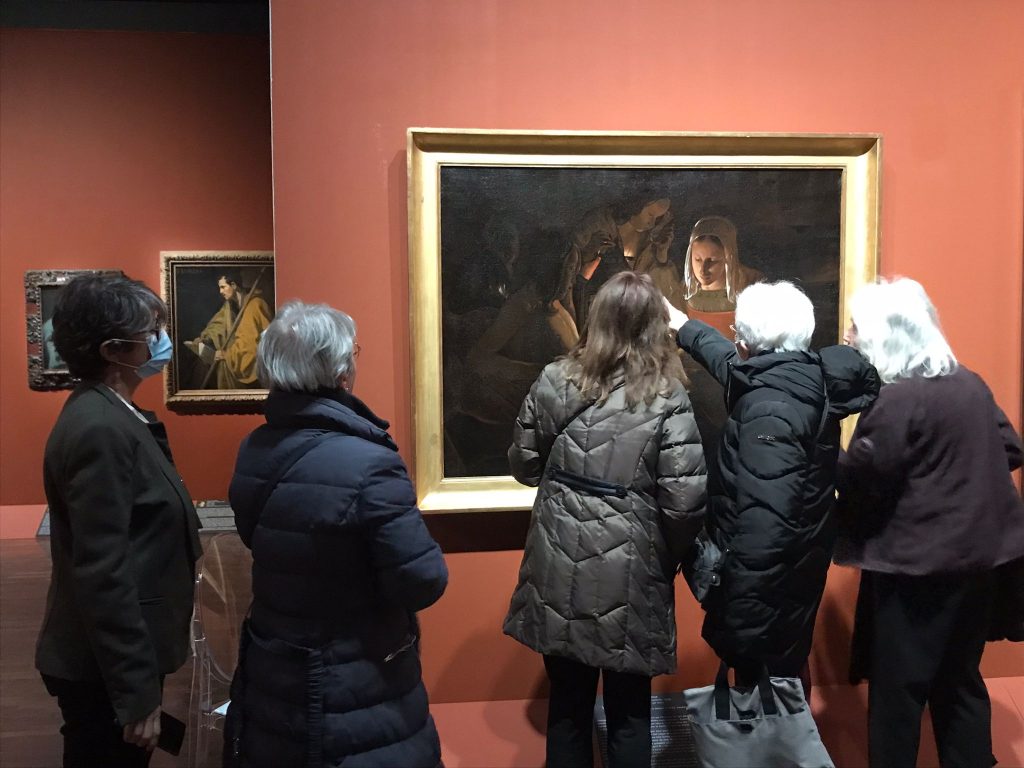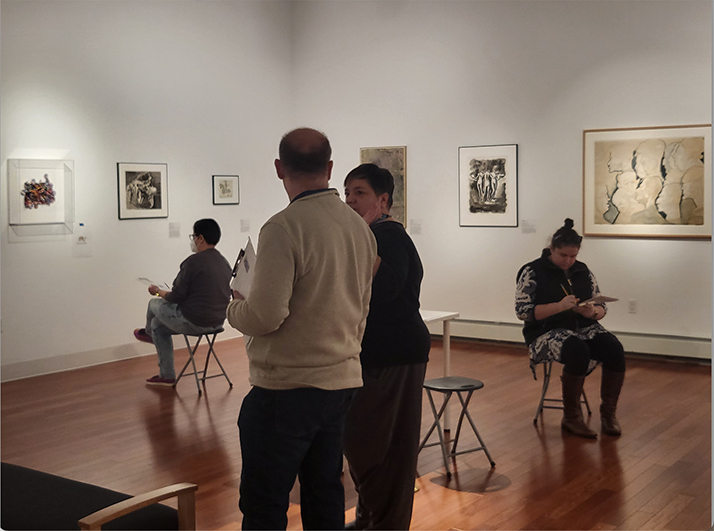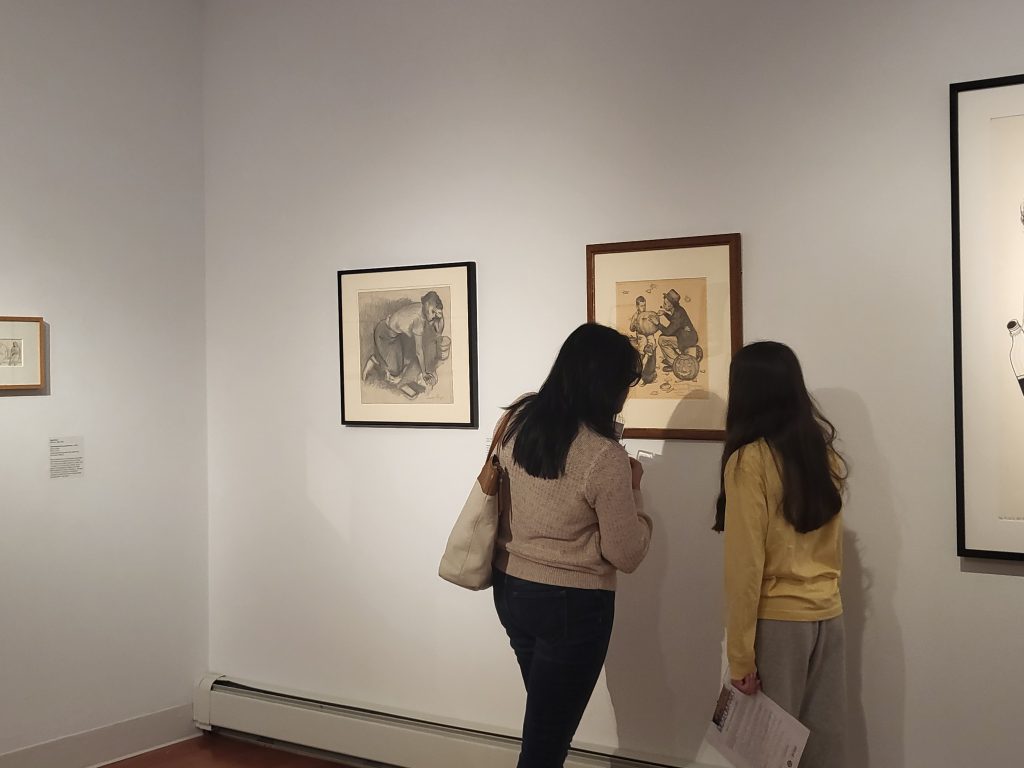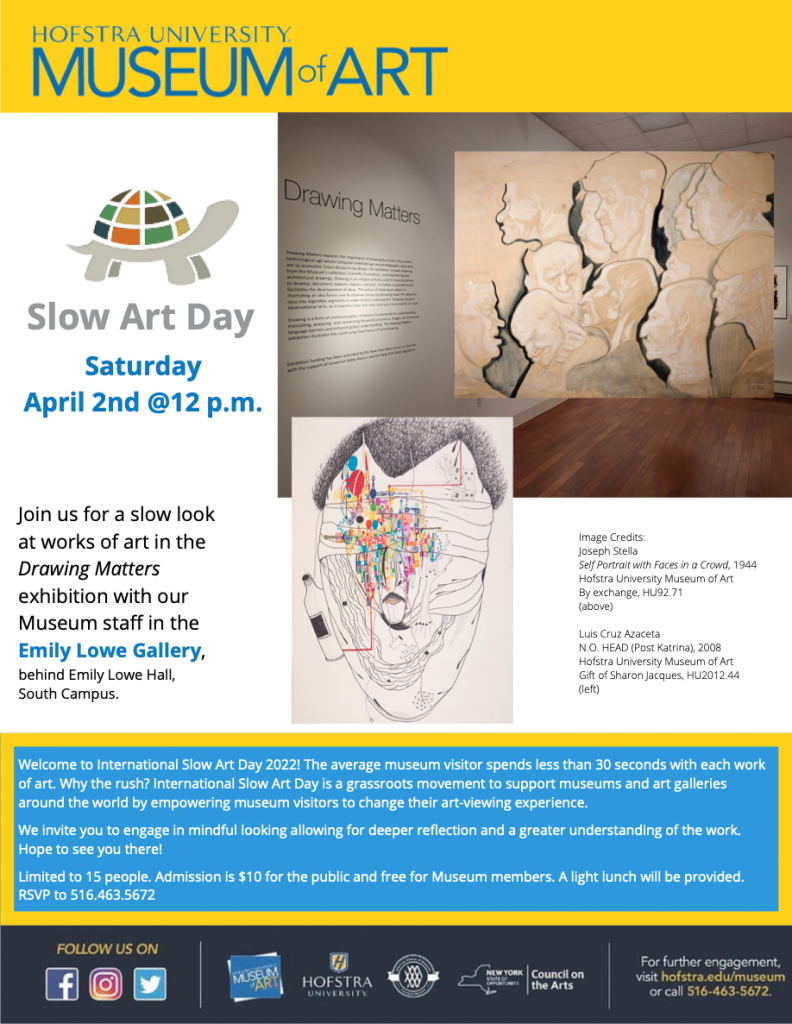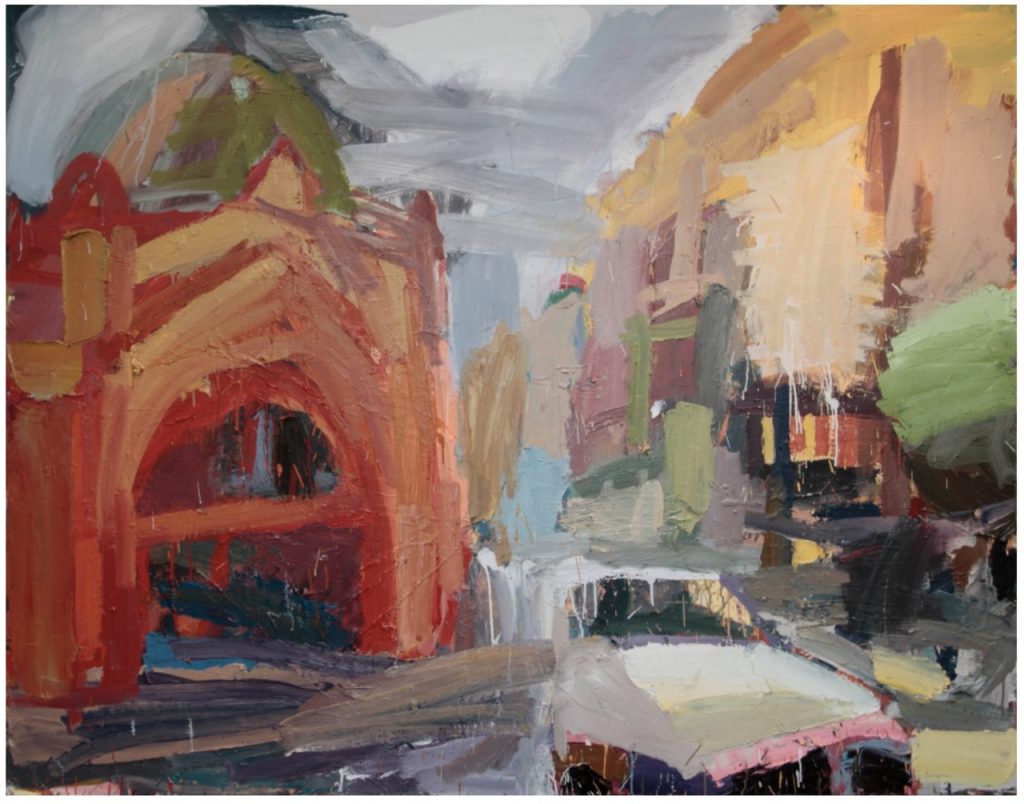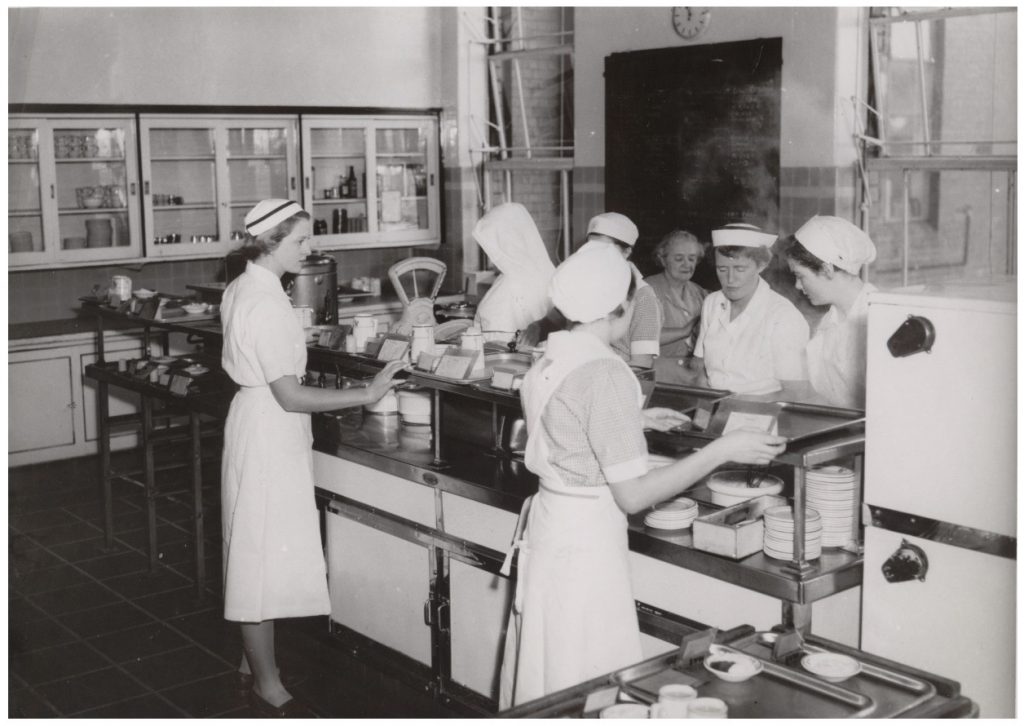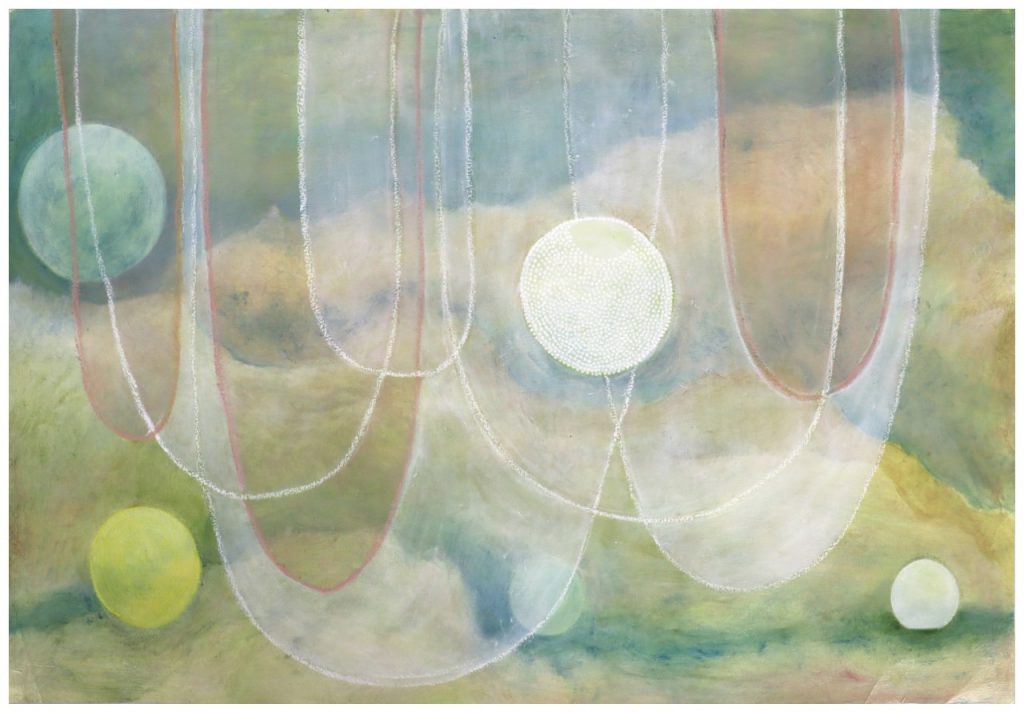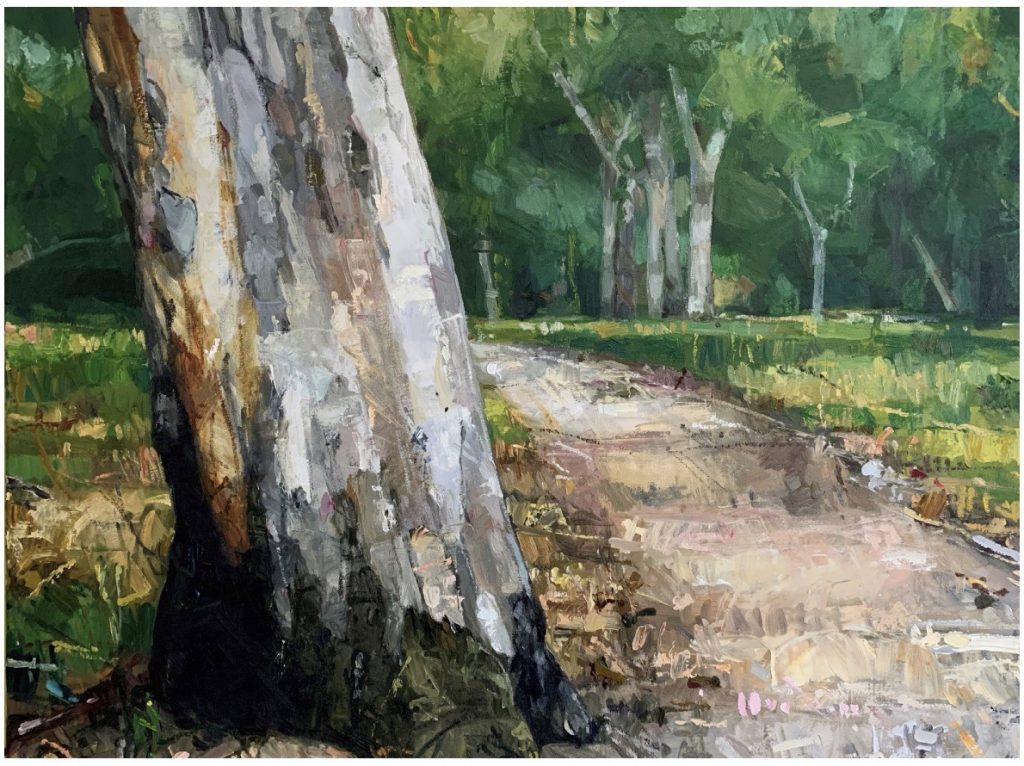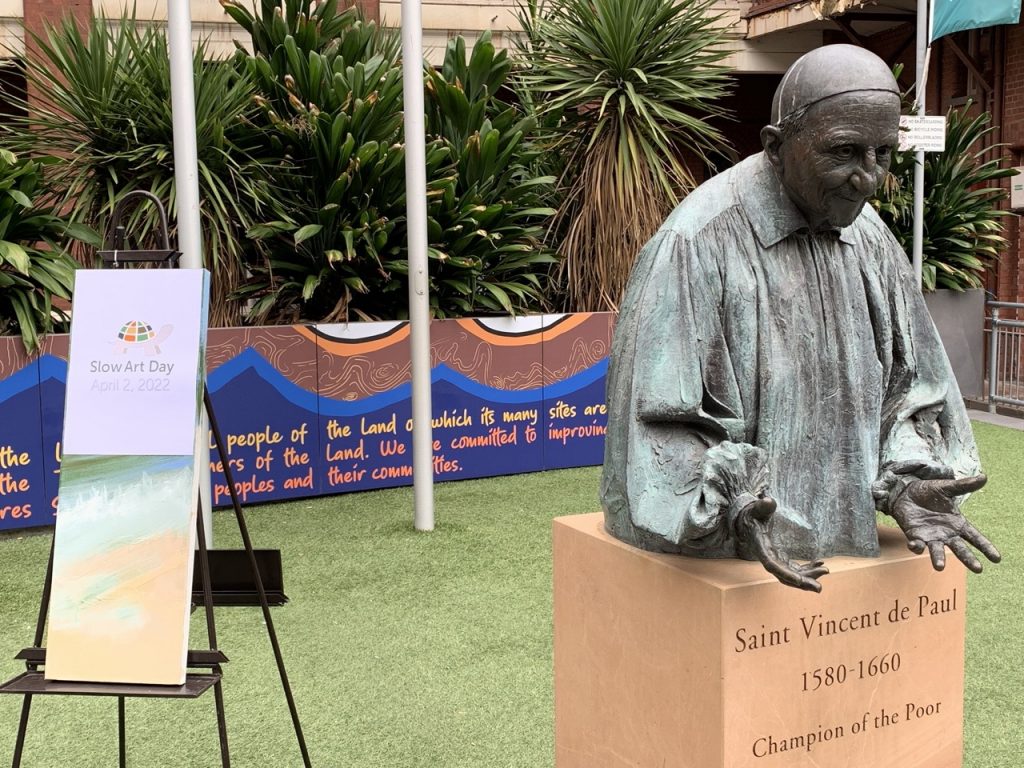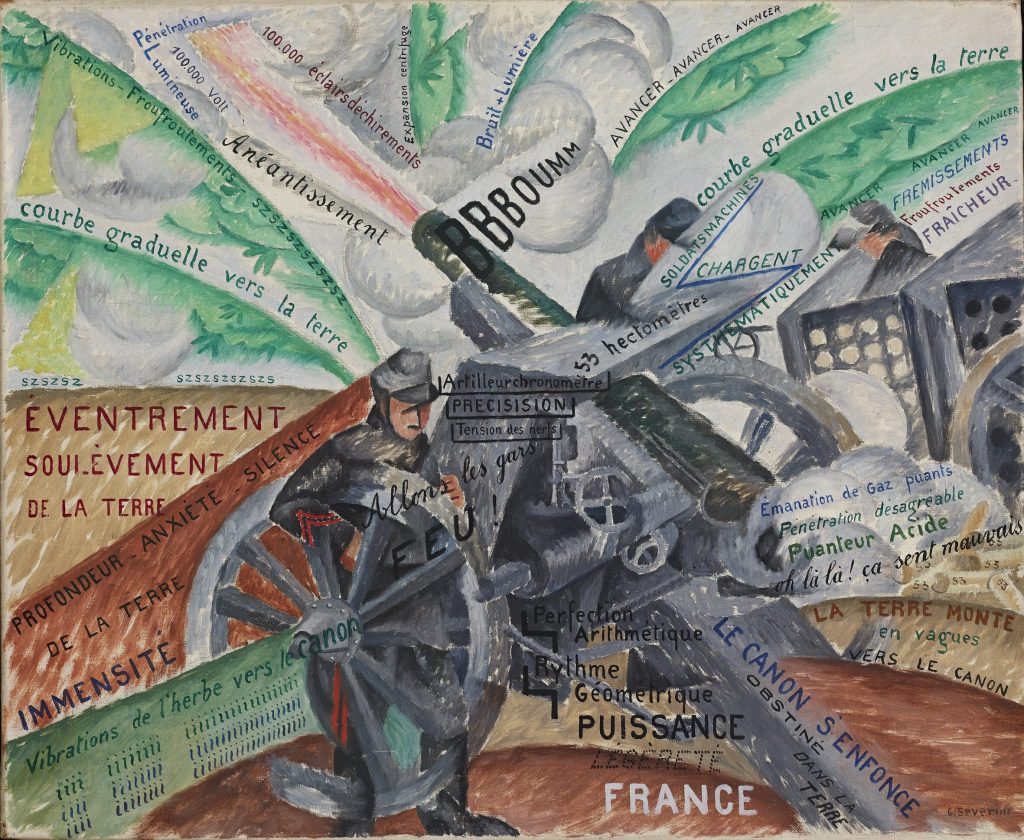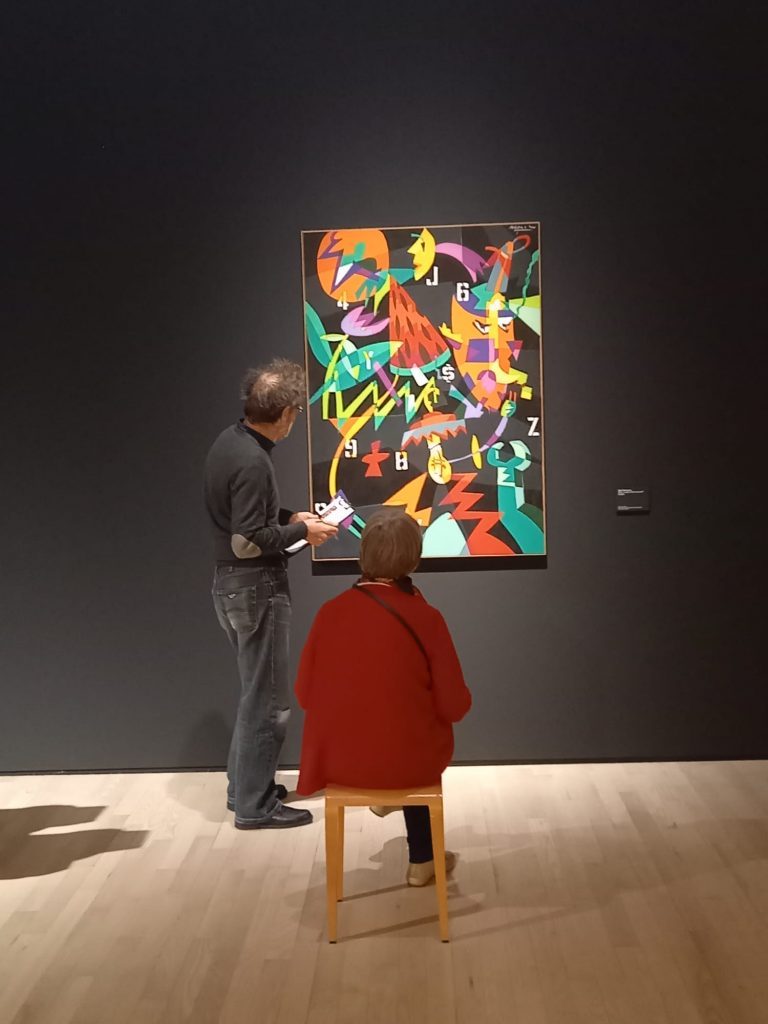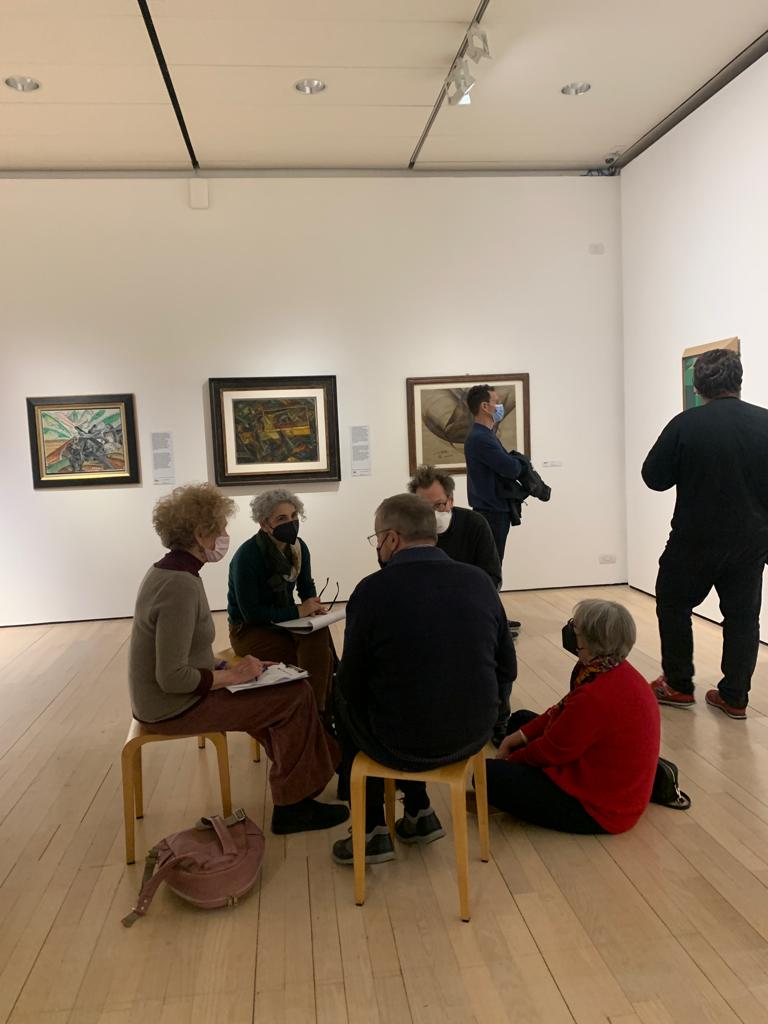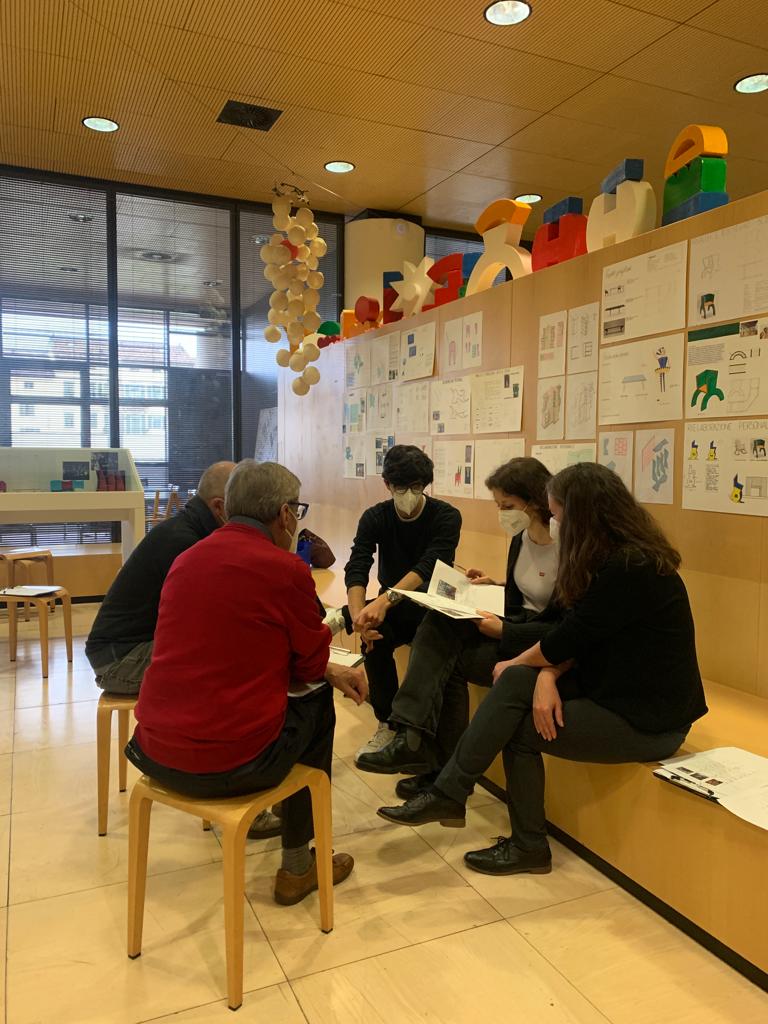The Art Museum in Riga Bourse in Riga, Latvia hosted a virtual, weeklong Slow Art Week for their third year participating in the slow looking movement. Anna Emsiņa, art educator, hosted the event and communications manager, Anete Brakša, worked on virtual videos and Instagram stories.
Events outside their control forced the museum to convert their original in-person plans to instead posting stories in Latvian to their social media accounts on Instagram and Facebook throughout Slow Art Week. Their Instagram reel and stories focused on works from the exhibition Georg Wilhelm Timm (1820-1895): artist, publisher, traveler, and shared general tips how to enjoy slow looking at the art.
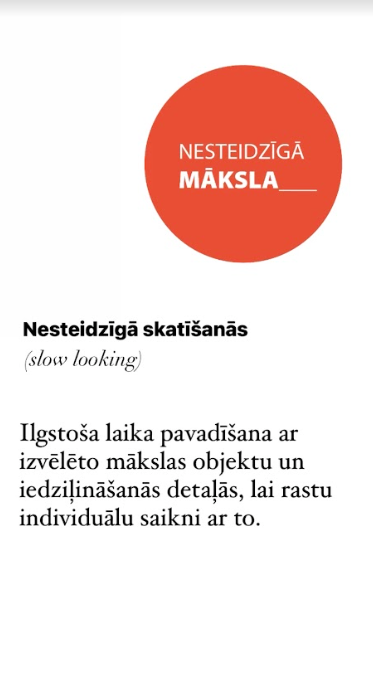
The text above is an invitation/explanation on how and why to look at art slowly. It translates to:
“Spending extended time with the chosen art object and delving into the details to find an individual connection with it.”
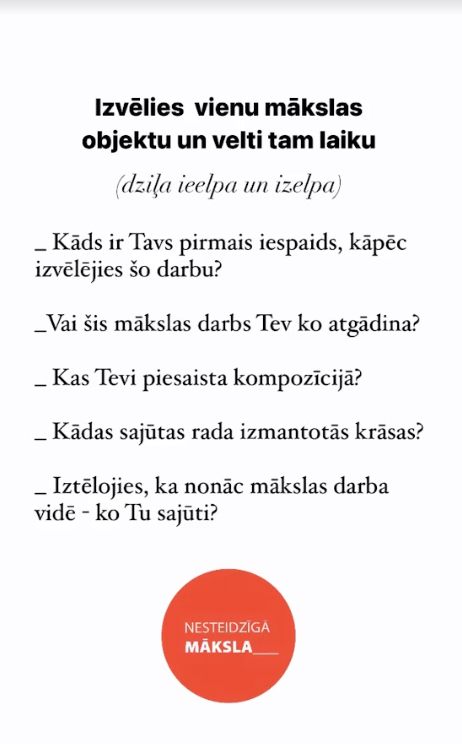
The image above contains prompts to consider while slow looking and translates to:
“Choose one art object and devote time to it. (deep inhale and exhale)
– What is your first impression, why? why chose this work?
– Does this work of art remind you of something?
– What attracts you to the composition?
– What feelings do the colors create?
– Imagine that a work of art is a new environment – what do you feel?”
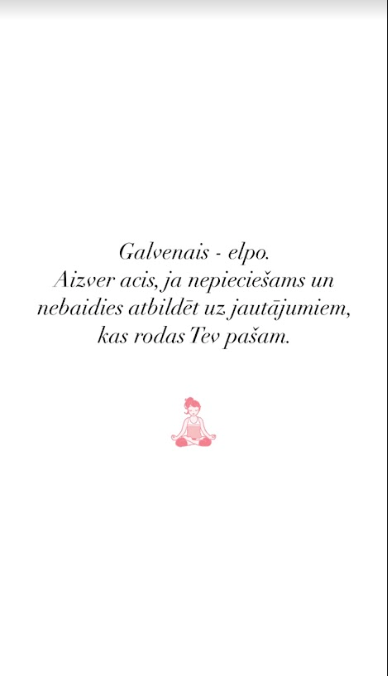
The image above is a centering exercise; it translates to:
“The main thing is to breathe. Close your eyes if necessary and don’t be afraid to answer the questions that arise for yourself.”
Their Slow Art Week brought many virtual visitors, with thousands of views.
The Art Museum Riga Bourse holds slow art events throughout the year and more information can be found on their calendar. They hope to have some in person, but will continue with the virtual events as long as necessary.
We can’t wait to see what this important and creative museum comes up with for next year.
– Robin, Ashley, Phyl, Johanna, and Jessica Jane




